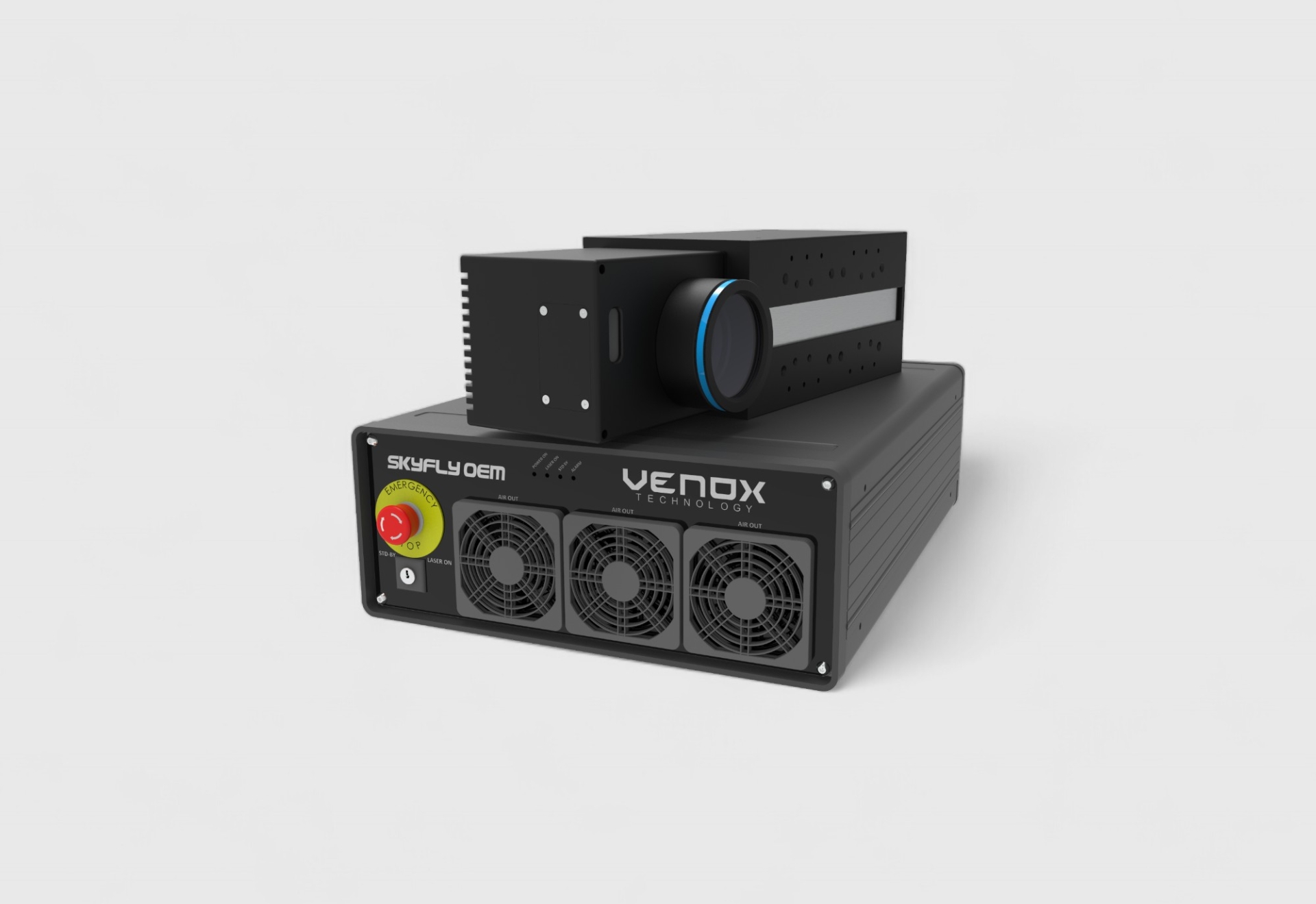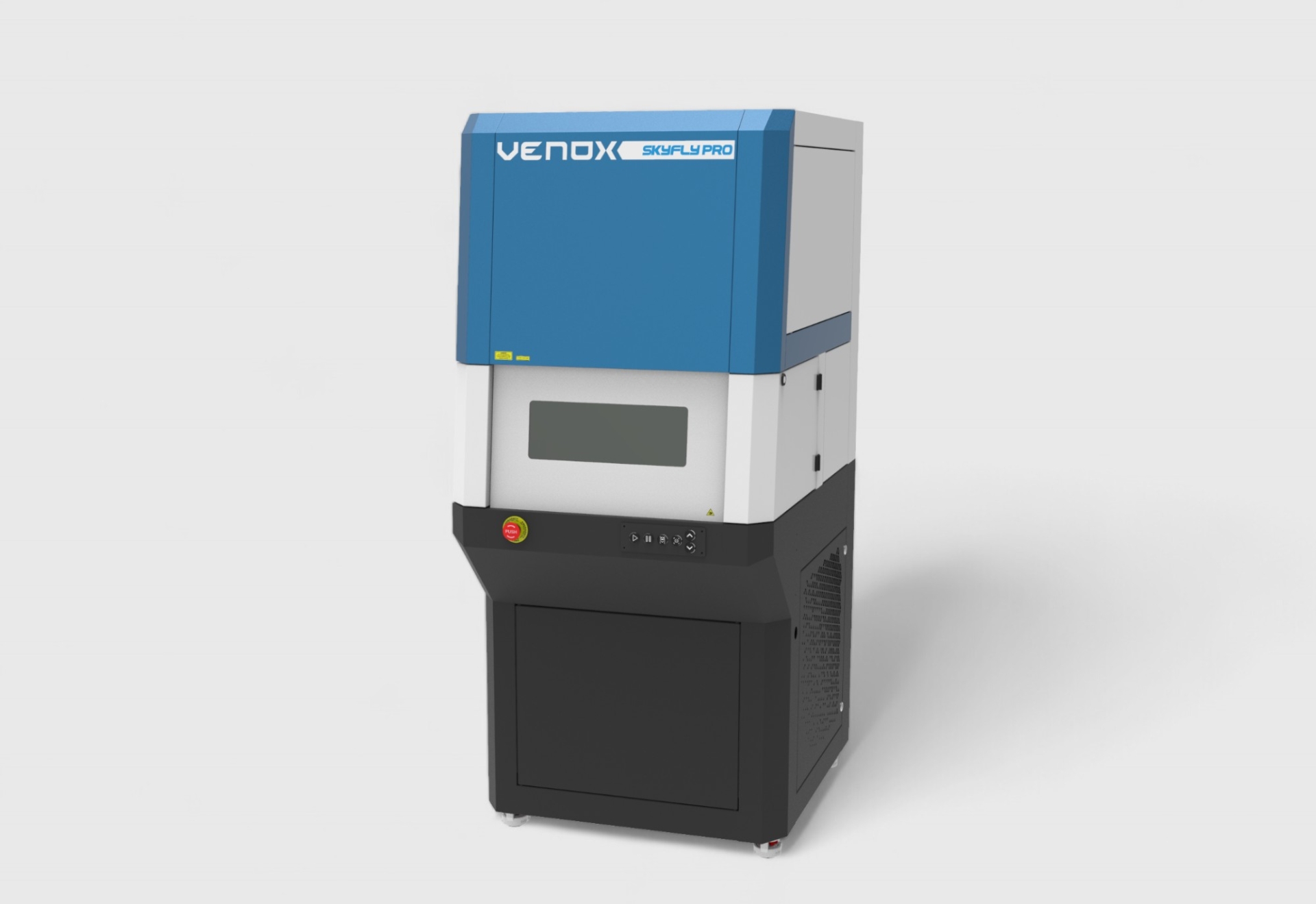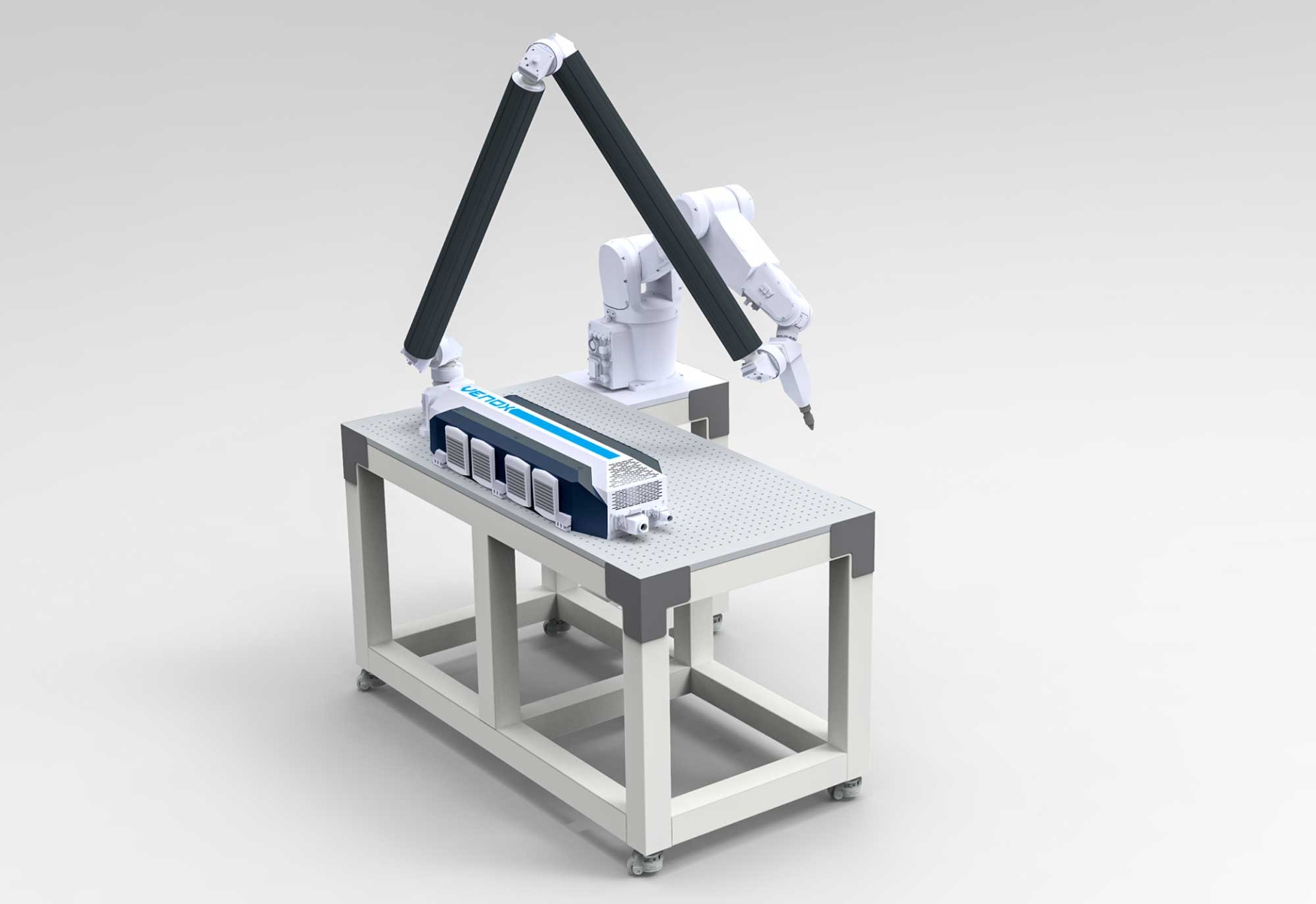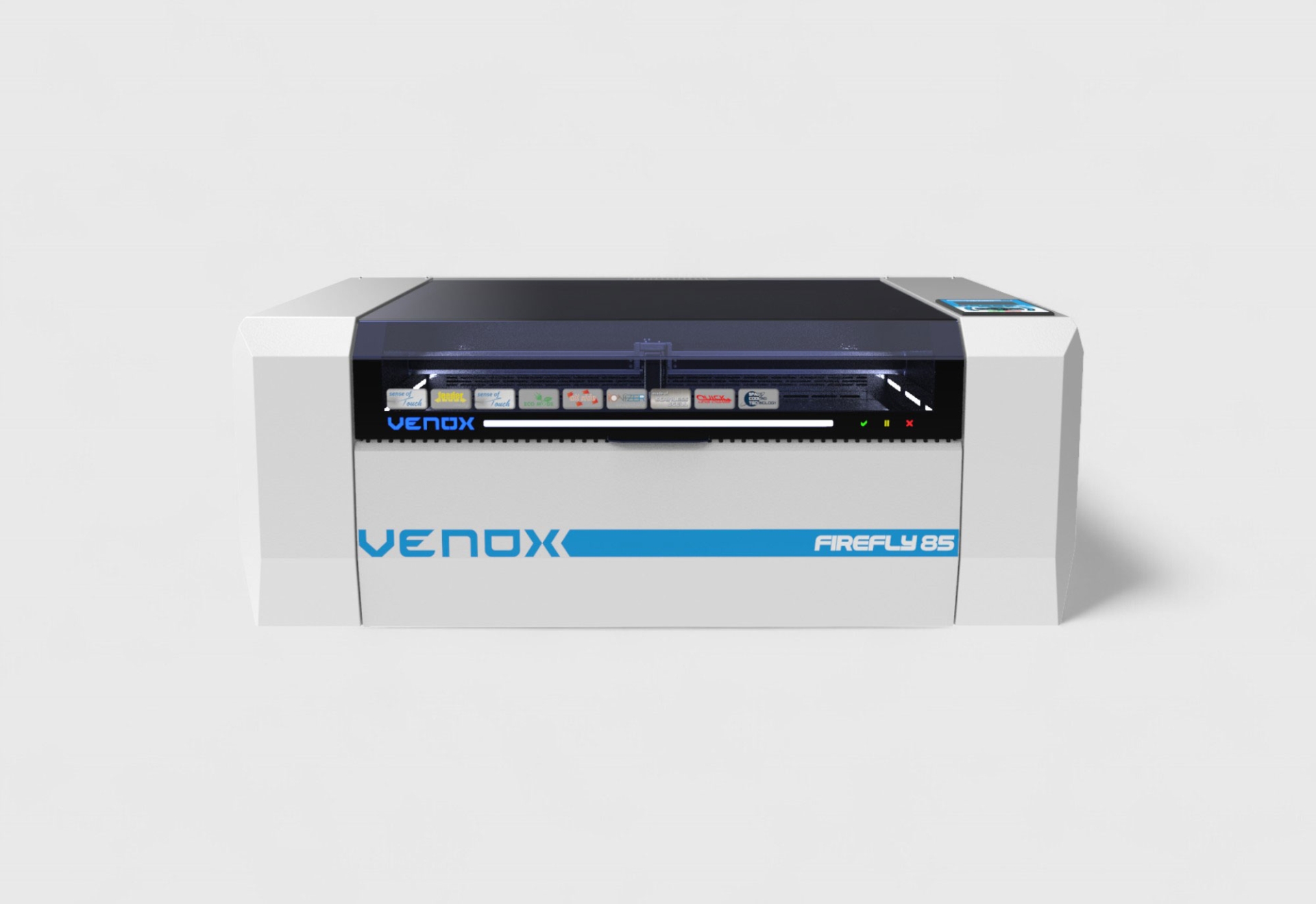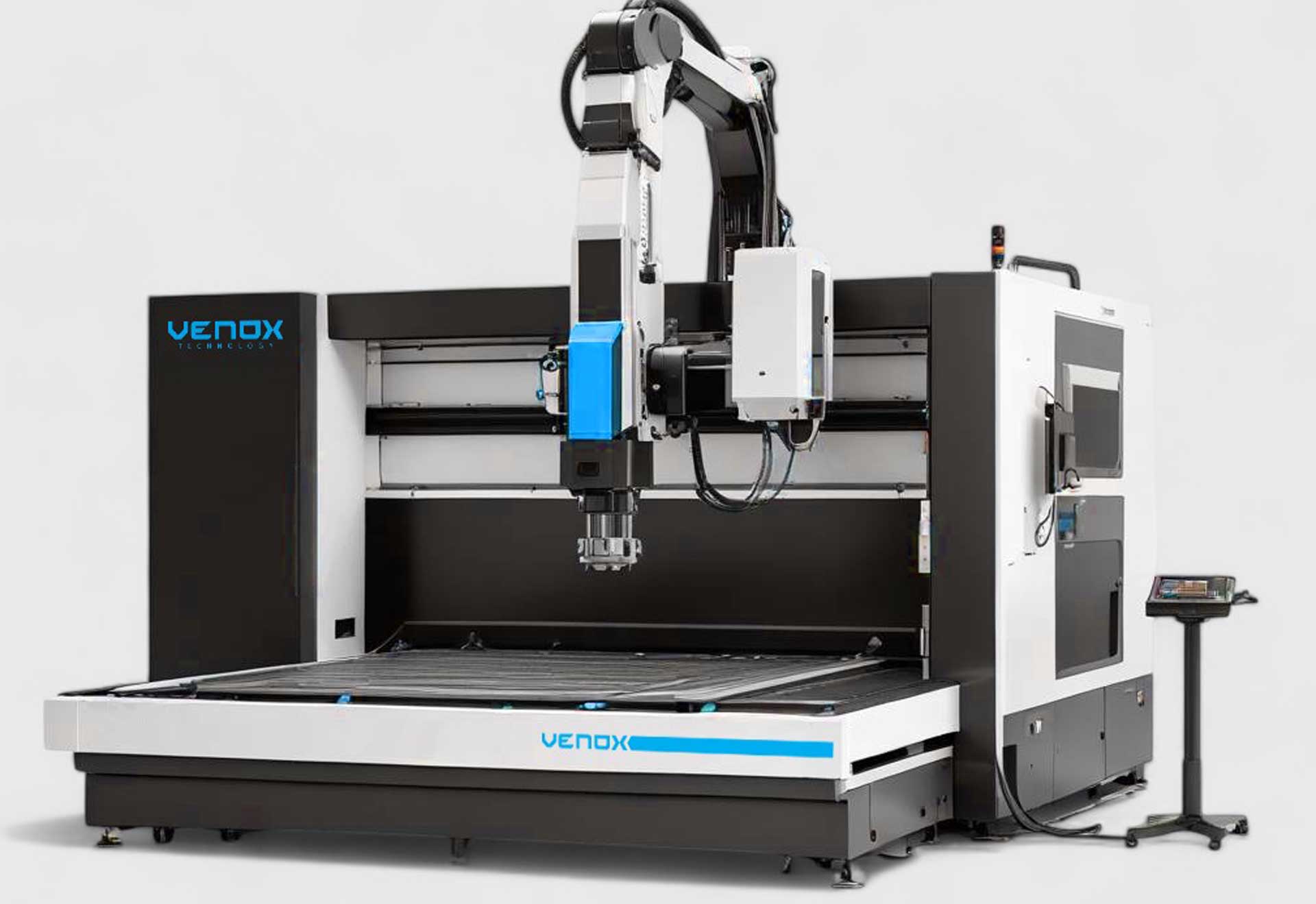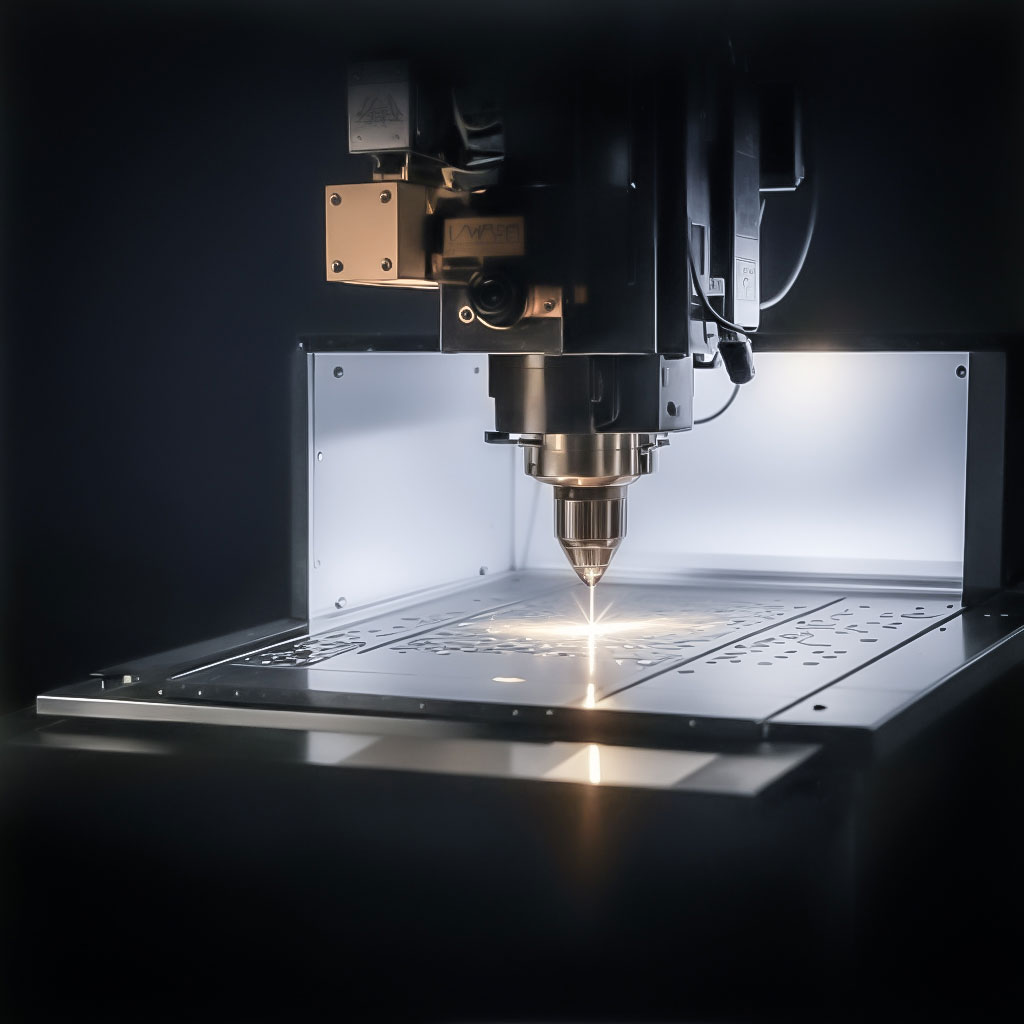Laser Marking Machine Integration: Compatibility with MES/ERP, Conveyor and Vision Systems
Why Integration? Production Efficiency and Traceability
When laser marking machines are integrated with MES/ERP, PLC, conveyor and vision systems, data integrity and traceability are maximized. Proper integration reduces error rates, improves takt time, and ensures backward traceability (GS1/UDI) in compliance with standards.
Main Integration Components
A typical setup consists of MES/ERP connection (work order/lot/serial), PLC/IO (trigger/ready/busy), conveyor + encoder (MOTF), vision verification (OCR/OCV, code quality), and safety (Class 1 enclosure, interlock) subsystems.
MES/ERP Integration: Work Order, Lot and Serial Management
- Data flow: Work order, route, lot/serial numbers are transferred to the machine via REST API/OPC UA.
- Feedback: Printed data, code quality grade and station status are written back.
- Recipe management: Laser parameter sets and lens/focus definitions based on product type.
PLC/IO and Line Synchronization
- Status signals: Ready/Busy/Alarm, safe stop, emergency stop.
- Triggering: Position reference via part sensor and delay/offset adjustment.
- Recipe selection: Automatic recipe and data map loading on product change.
Conveyor + Encoder: Mark-on-the-Fly (MOTF)
Speed compensation is applied using encoder feedback for marking on moving parts. Pulses/turn calibration and mechanical shift compensation ensure consistent code size/position on each part.
Vision Systems: OCR/OCV and Code Quality
- Verification: ISO/IEC 15415 for Datamatrix/QR and 15416 for 1D barcodes.
- OCR/OCV: Text verification, data consistency and rotation checks.
- Red/Sort: Automatic rejection of faulty products; error code and root cause logging.
Data Structure and Labeling Standards
GS1 application identifiers (AI), UDI/UDI-DI/UDI-PI schemes, lot/batch and date fields must be predefined; regex/template checks ensure format compliance.
Optics and Lens: Impact on Integration Design
- Field selection: 100×100–300×300 mm F-Theta; working distance affects enclosure design.
- Spot size: Smaller spot = higher resolution but narrower field of view.
- Dynamic Z: Automatic focus/distance adjustment for varying part heights.
Hatch and Scanning Strategy: Speed/Contrast Balance
Proper line spacing and multi-pass fill strategy (0°/45°/90°) aligned with MOTF synchronization preserves takt time while achieving contrast goals. Different recipes are needed for black marking (annealing) on stainless steel and deep engraving on aluminum.
Safety and Filtration: Class 1 Operation
- Enclosure: Light-proof Class 1 housing, door interlocks, safety relays.
- Filtration: HEPA + activated carbon for smoke/particles; maintenance/lifetime monitoring.
- Compliance: CE/UL documentation, risk analysis and training records.
Impact on Total Cost of Ownership (TCO)
Proper integration reduces rework and downtime, lowering cost per part. Vision-based in-line verification minimizes risks of return/penalties due to invalid codes.
Commissioning Checklist
- MES/ERP field mapping (work order, lot/serial, operator, quality grade)
- PLC/IO map (trigger, ready/busy, interlock, alarm)
- Encoder/sensor placement and delay/offset calibration
- Vision target grade, lighting/optics and red/sort logic
- Safety, filtration and CE/UL documentation check
FAQ: “Makinaları” or “Makineleri”?
Both forms generate search volume. While “makineleri” is more common in technical writing, using “lazer markalama makinaları” naturally within content boosts SEO visibility.
Seamless Integration with Venox
Contact us for turnkey laser marking integrations with MES/ERP, conveyor and vision verification. Explore our products: Laser Marking Machines.
